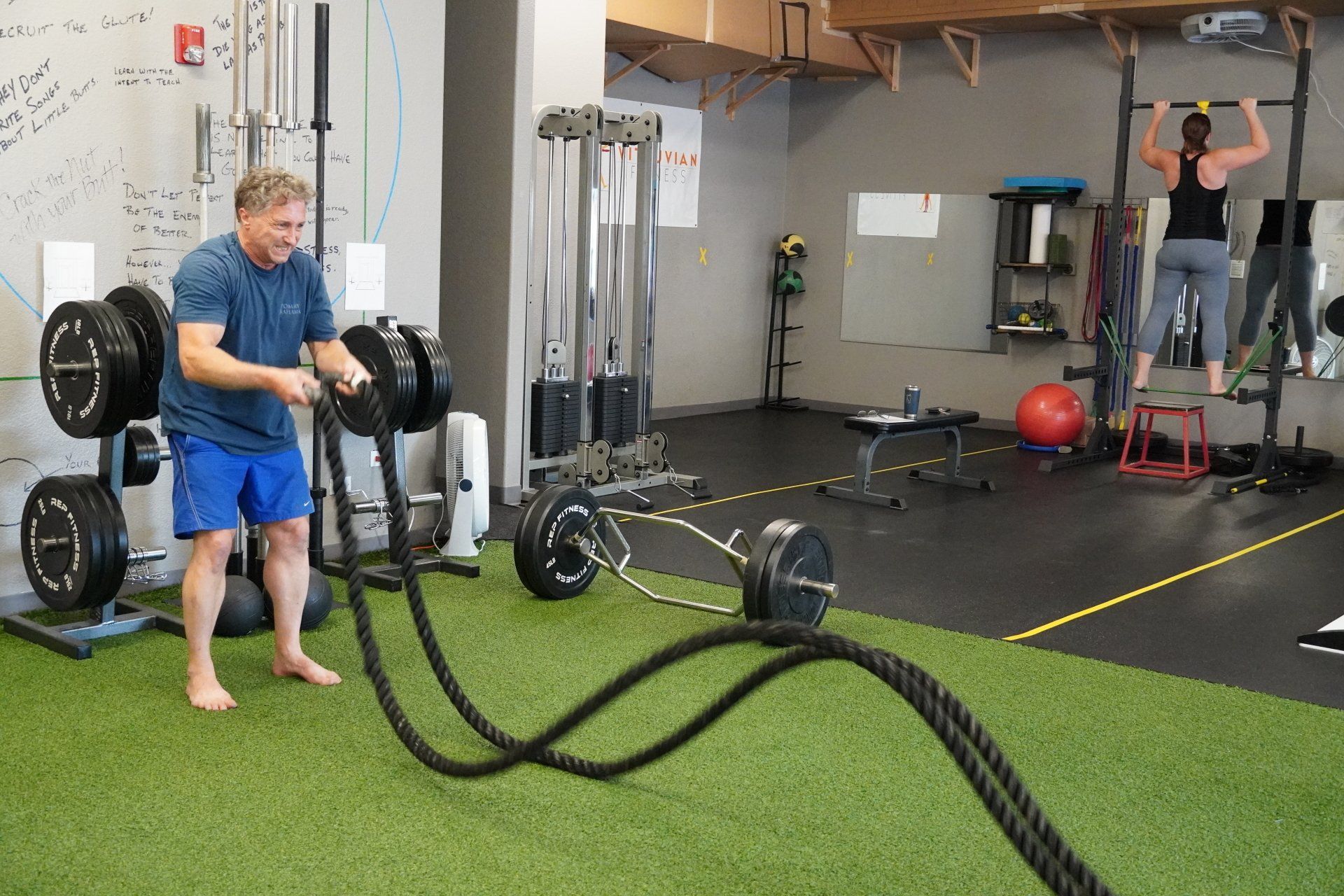Heart Rate Performance
Here are a couple Frequently Asked Questions about the new heart rate performance system.
Question #1: What does the display on the TV tell me on your new Heart Rate Performance System? Look closely at the two images. Both images display your nickname, your current heart rate, your current percentage of your Lactate Threshold, and the colored circle that represents your training zone.
The flame icon represents the estimated calories you’ve burned. This is a gender, weight and effort based estimation.
The trophy icon represents the points you’ve earned on this ride. Here’s how points are awarded.
- 50 Points for showing up! Plus,
- 5 Points for every minute ridden in Zone 5.
- 4 Points for every minute ridden in Zone 4.
- 3 Points for every minute ridden in Zone 3.
- 2 Points for every minute ridden in Zone 2.
- 1 Point for every minute ridden in Zone 1.
There is no way (for now) for us to only award points when you’re riding in the zone the instructor has coached you to be in. So, ride your own ride and have fun.
The real measure of awesomeness is how fast you can get your heart rate from its peak to the recovery zone. We don’t have points for that but your health, strength, efficiency, and general fitness will be the big winner the more you can improve this metric.
Question #2: How can I get my Lactate Threshold Test done?
In order for the Heart Rate Performance System to display numbers that are accurate and specific to you, you need to do the LTHR test.
The test is simple: Ride a 30 Minute Time Trial. From that, we get all the information we need to calculate your lactate threshold and all of the training zones you’ll use in class.
You might have heard from your buddies that the test is hard. It is. Life is hard.
Psych yourself up, strap on your cycling shoes and come in and show yourself what you’re capable of. And every 6-8 weeks, take the test again to measure how much faster, fitter, healthier you’ve become as a result of the time and effort you’ve put into your workouts.
There’s no comparing your effort and capacity to anyone else. This is just a test to measure what your hear rate is when you’re working at a tempo that is possible for you to maintain for an hour.
If you have not done a lactate threshold test, email the front desk at staff@vmfit.com and we’ll get you scheduled.
Besides being well-nourished, well-hydrated, and well-rested, you should wait 36-48 hours since your last hard workout. This insures that any residual fatigue that could impact your test is gone.
Ultimately, the goal of using LTHR as our measuring stick is to increase cardio-vascular fitness, strength, endurance, efficiency and athleticism – right? On the one end, that just means being healthier. On the other end, that means we’re better athletes.
Using heart rate as the measuring stick works well because these intensities correlate predictably with the performance metrics we’re trying to improve. To be clear, there are better and even more accurate measuring sticks but they come at a much higher price.
To learn more, check out this old article on our blog about Lactate Threshold Simplified – what it is and why it’s relevant.
You might also enjoy these posts . . .








